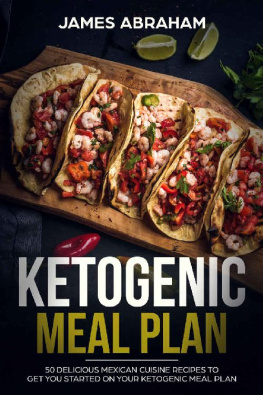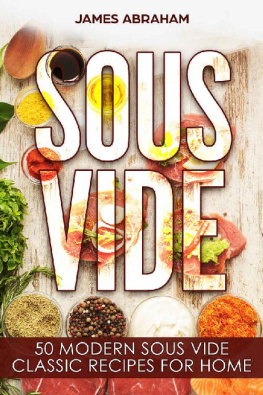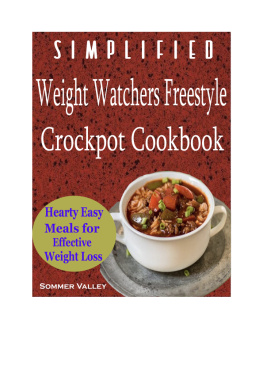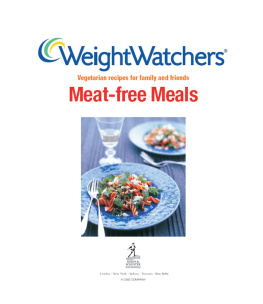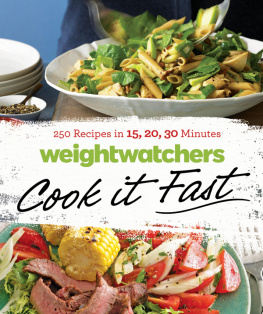KETOGENIC MEAL PLAN:
50 Delicious Mexican Cuisine Recipes
to Get You Started on Your Ketogenic Meal Plan

Copyright 2018 - All rights reserved.
The following eBook is reproduced below with the goal of providing information that is as accurate and reliable as possible. Regardless, purchasing this eBook can be seen as consent to the fact that both the publisher and the author of this book are in no way experts on the topics discussed within and that any recommendations or suggestions that are made herein are for entertainment purposes only. Professionals should be consulted as needed prior to undertaking any of the action endorsed herein.
This declaration is deemed fair and valid by both the American Bar Association and the Committee of Publishers Association and is legally binding throughout the United States.
Furthermore, the transmission, duplication or reproduction of any of the following work including specific information will be considered an illegal act irrespective of if it is done electronically or in print. This extends to creating a secondary or tertiary copy of the work or a recorded copy and is only allowed with an express written consent from the Publisher. All additional right reserved.
The information in the following pages is broadly considered to be a truthful and accurate account of facts, and as such any inattention, use or misuse of the information in question by the reader will render any resulting actions solely under their purview. There are no scenarios in which the publisher or the original author of this work can be in any fashion deemed liable for any hardship or damages that may befall them after undertaking information described herein.
Additionally, the information in the following pages is intended only for informational purposes and should thus be thought of as universal. As befitting its nature, it is presented without assurance regarding its prolonged validity or interim quality. Trademarks that are mentioned are done without written consent and can in no way be considered an endorsement from the trademark holder.
TABLE OF CONTENTS
Introduction
Chapter 1: Preparing for your Ketogenic Diet
Chapter 2: Experience the Taste of Mexico
Chapter 3: Starters and Side Dishes
Chapter 4: Lunchtime Meals
Chapter 5: Dinner Meals
Conclusion
INTRODUCTION
Thank you for purchasing Ketogenic Meal Plan: 50 Mexican Cuisine Recipes to Get You Started on your Ketogenic Meal Plan .
Purchasing this e-book, chock full of 7-days work of meal plans and 50 delicious recipes, is the first step towards achieving your dietary goals. The purpose of this e-book is to get you started on your journey by first familiarizing you with all of the important ins and outs of the Ketogenic Diet and throwing you right into your new regimen with 50 delicious Mexican cuisine recipes. Dont worry. We wont throw you into the pull without first making sure you can swim. We understand that diets are not always easy, especially when there are so many different diets to choose from and so many fast food options to tempt you and derail you from your goals, but with this e-book handy the reader will have no problem jumping right into their new Ketogenic Diet with fun, easy to understand Mexican recipes.
This e-book will begin by briefly explaining how the Ketogenic Diet works and what the benefits are. The Ketogenic Diet is one of the oldest diets still in use, and we will delve into a little bit of the history by way of explaining the three main divisions within this dietary plan. Classic Keto, with five percent or less of daily calories derived from carbohydrates, is probably the type of Keto familiar to most readers. As this is a Mexican Cuisine e-book, we will introduce the reader (in Chapter 2) to all the wonders of the gastronomia Mexicana : from Poblanos, Chorizos, and Chimichangas to Barbacoa, Salsa Verde, and Huachinango. We will even take a detour and check out the State of Oaxaca, with its seven different moles (sauces), several of which are delved into in this e-book. There will be chacotes, guajillos, and hoja santa, enough to whet your appetite and keep your brain interested enough to continue the diet. Trust us, its not as complicated as it sounds. And you dont have to be able to pronounce it. You just have to eat it.
Each recipe will come with a detailed list of ingredients and simple instructions. Because there is significant overlap in diets, some dishes also count as paleo or gluten free, and this will be indicated at the foot of the recipe. Also, as we understand that the reader may have a busy schedule, we conveniently divide the 50 recipes into starters/side dishes, lunchtime dishes, and dinner dishes.
So with that out of the way, lets begin with a discussion of Keto: what it is and how a book of mouth-watering meals will help launch you on your way to achieving all of your dietary goals.
CHAPTER 1:
Preparing for your Ketogenic Diet
What is the Ketogenic Diet?
Unlike some other diets, the Ketogenic Diet is not a fad. It was invented in 1921 as a serious treatment for children with epilepsy, as studies had found that fasting helped some children control their seizure symptoms. Further research determined that the critical dietary element in seizure control was the livers production of three compounds: Beta-hydroxybutyrate, acetoacetate, and acetone (collectively known as ketone bodies). These compounds are produced by the body during starvation, or, alternatively, when an individual has a high-fat, low carbohydrate diet. Ketone bodies circulating in the blood reduce the frequency of seizures. Based on this information, physicians at the Mayo Clinic created a formula to stimulate the body into the state of ketosis, specifically a formula of 1 gm of protein per kg of body weight, a total of 10-15 gms of carbohydrate for the day, and the remainder of the calories from protein. This came to be known as the Classic Ketogenic Diet.
The Ketogenic diet was a primary treatment for epilepsy until the development of anticonvulsant medications in the 1930s. As these medications, of which there are now many, were able to control the symptoms of most epileptics, non-medication forms of treatment fell out of favor, including the Ketogenic diet. Though the Ketogenic diet never completely disappeared, it declined to the point that it was only utilized in epileptics who were refractory to medication. The Ketogenic Diet experienced a revival in the 90s when a Dateline News story profiled the son of a Hollywood producer who had been put on the Ketogenic Diet to treat his seemingly untreatable epileptic symptoms. This prompted increased interest in the Ketogenic Diet, leading to research and greater public knowledge. A byproduct of this renewed interest was a new attempt by scientists and health enthusiasts to utilize the diet in individuals without epilepsy. These early attempts at a rejuvenated Ketogenic Diet would lead directly to the creation of the Atkins diet, a type of Keto. The Atkins diet is based on the principle that burning fat utilizes more calories than burning carbohydrates, so a high-fat diet, metabolically, triggers weight loss more quickly than a diet higher in carbohydrates. Ketones are produced from triglycerides (made up of fatty acids), so producing ketones burns fat. The Atkins diet, therefore, works both by encouraging ketosis (thereby burning fat) and by targeting metabolism, by shifting dietary intake towards more fat consumption.
Classic Keto vs. Modified Keto
The Ketogenic diet was created after significant research and observation in children with epilepsy, so there were very clear guidelines regarding how many grams of each macronutrient (specifically protein and carbs) should be consumed while on the diet. This ratio is referred to as the Classic Ketogenic diet, and the key variable in this diet is carbohydrates, which can be no more than five percent of the total calories for the day. Typically, Classic Keto is thought of as 80-90 percent fat, 5-15 percent protein (or about 70gm of protein a day), and five percent carbohydrates.
Next page
